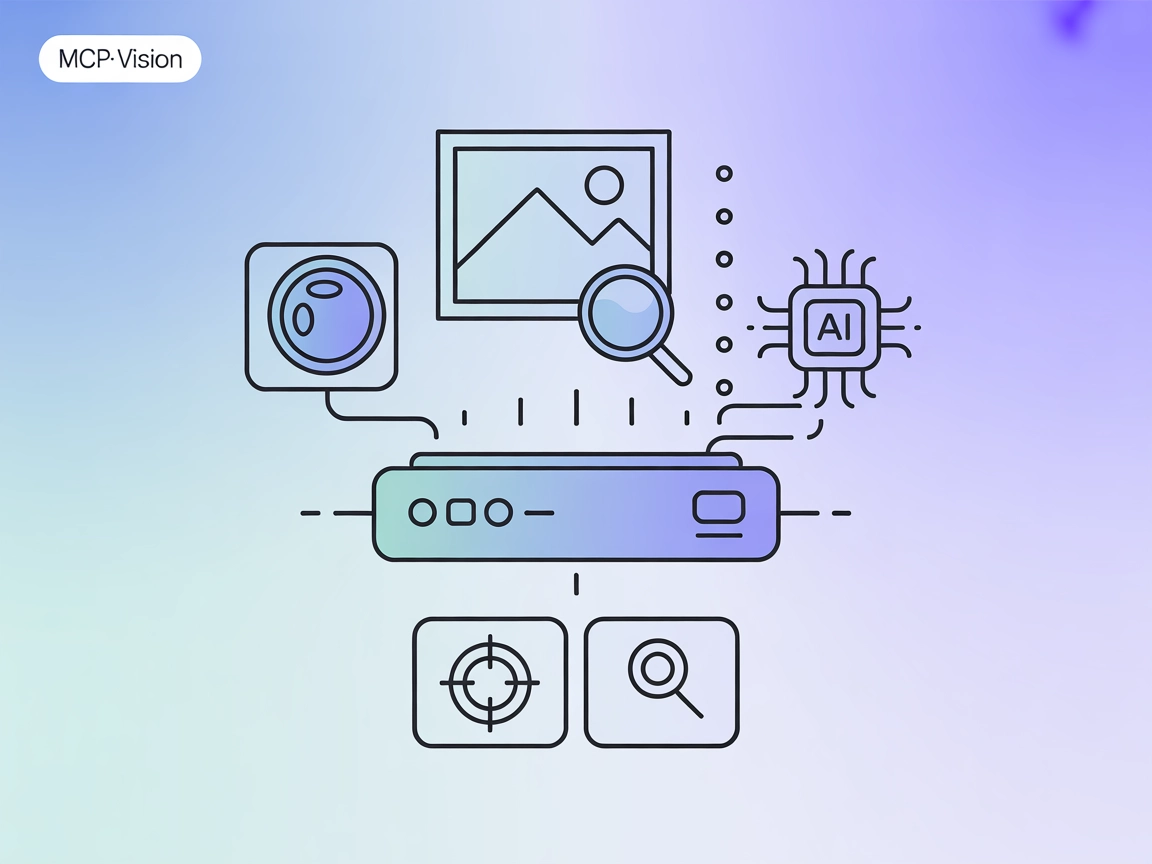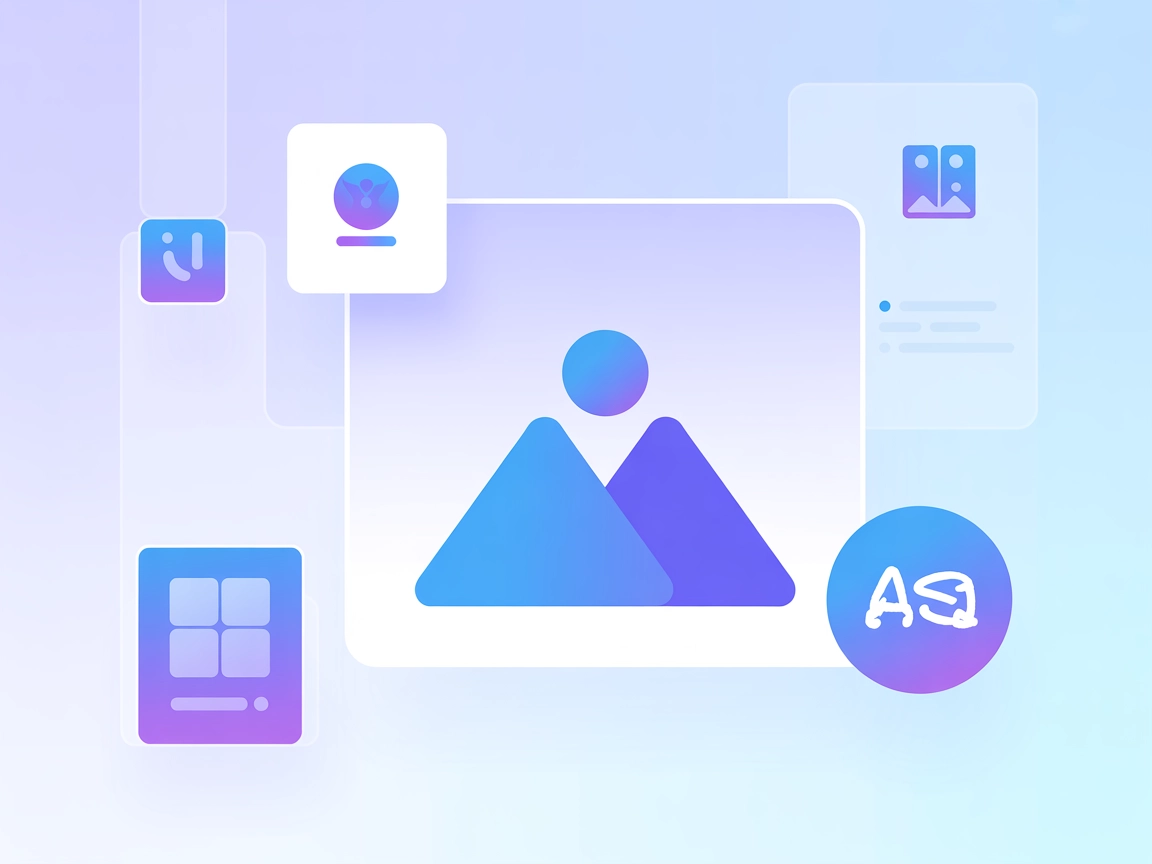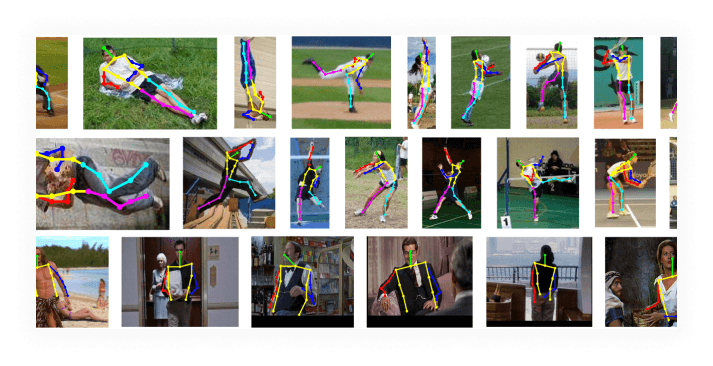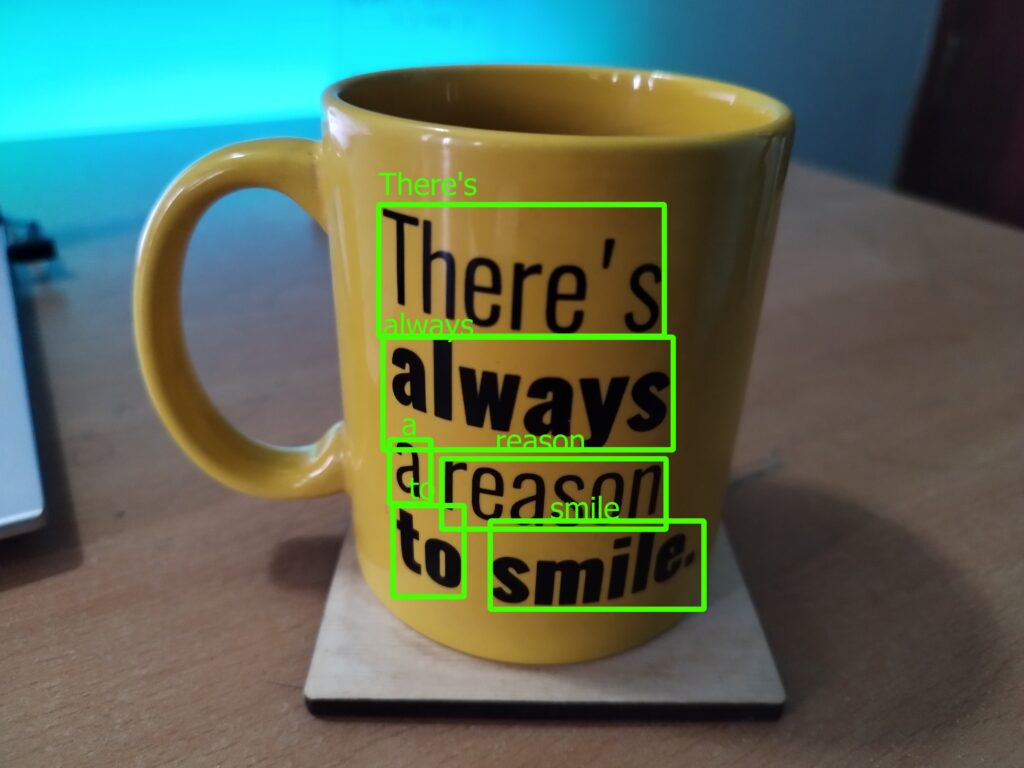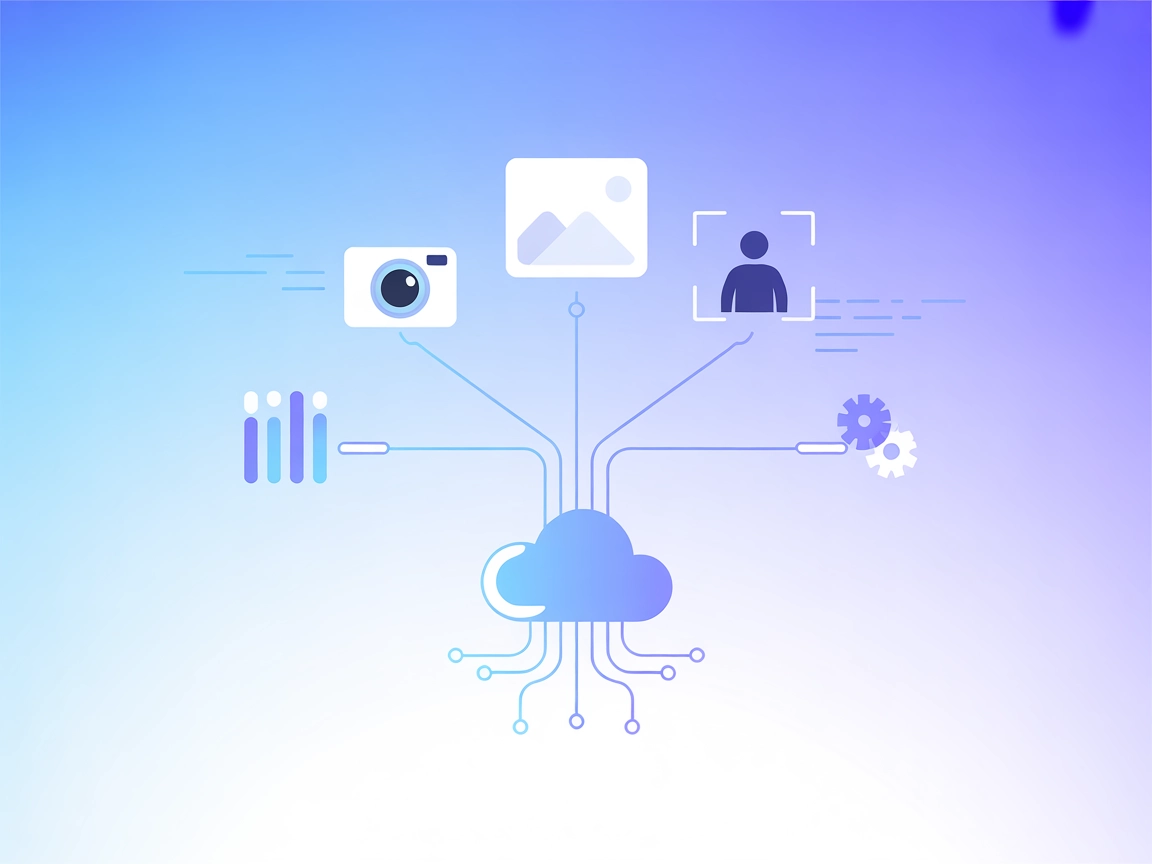
OpenCV MCP Server
The OpenCV MCP Server bridges OpenCV’s powerful image and video processing tools with AI assistants and developer platforms via the Model Context Protocol (MCP)...
The OpenCV MCP Server bridges OpenCV’s powerful image and video processing tools with AI assistants and developer platforms via the Model Context Protocol (MCP)...
The mcp-vision MCP Server connects HuggingFace computer vision models—like zero-shot object detection—to FlowHunt and other AI platforms, empowering LLMs and AI...
Explore 3D Reconstruction: Learn how this advanced process captures real-world objects or environments and transforms them into detailed 3D models using techniq...
Caffe is an open-source deep learning framework from BVLC, optimized for speed and modularity in building convolutional neural networks (CNNs). Widely used in i...
Computer Vision is a field within artificial intelligence (AI) focused on enabling computers to interpret and understand the visual world. By leveraging digital...
Content Enrichment with AI enhances raw, unstructured content by applying artificial intelligence techniques to extract meaningful information, structure, and i...
A Convolutional Neural Network (CNN) is a specialized type of artificial neural network designed for processing structured grid data, such as images. CNNs are p...
Deep Learning is a subset of machine learning in artificial intelligence (AI) that mimics the workings of the human brain in processing data and creating patter...
Depth estimation is a pivotal task in computer vision, focusing on predicting the distance of objects within an image relative to the camera. It transforms 2D i...
Learn about Discriminative AI Models—machine learning models focused on classification and regression by modeling decision boundaries between classes. Understan...
Model fine-tuning adapts pre-trained models for new tasks by making minor adjustments, reducing data and resource needs. Learn how fine-tuning leverages transfe...
A Foundation AI Model is a large-scale machine learning model trained on vast amounts of data, adaptable to a wide range of tasks. Foundation models have revolu...
Hugging Face Transformers is a leading open-source Python library that makes it easy to implement Transformer models for machine learning tasks in NLP, computer...
Discover FlowHunt's AI-powered Image Caption Generator. Instantly create engaging, relevant captions for your images with customizable themes and tones—perfect ...
Find out what is Image Recognition in AI. What is it used for, what are the trends and how it differs from similar technologies.
Instance segmentation is a computer vision task that detects and delineates each distinct object in an image with pixel-level precision. It enhances application...
Mean Average Precision (mAP) is a key metric in computer vision for evaluating object detection models, capturing both detection and localization accuracy with ...
OpenCV is an advanced open-source computer vision and machine learning library, offering 2500+ algorithms for image processing, object detection, and real-time ...
Pattern recognition is a computational process for identifying patterns and regularities in data, crucial in fields like AI, computer science, psychology, and d...
Pose estimation is a computer vision technique that predicts the position and orientation of a person or object in images or videos by identifying and tracking ...
PyTorch is an open-source machine learning framework developed by Meta AI, renowned for its flexibility, dynamic computation graphs, GPU acceleration, and seaml...
Scene Text Recognition (STR) is a specialized branch of Optical Character Recognition (OCR) focused on identifying and interpreting text within images captured ...
Semantic segmentation is a computer vision technique that partitions images into multiple segments, assigning each pixel a class label representing an object or...
